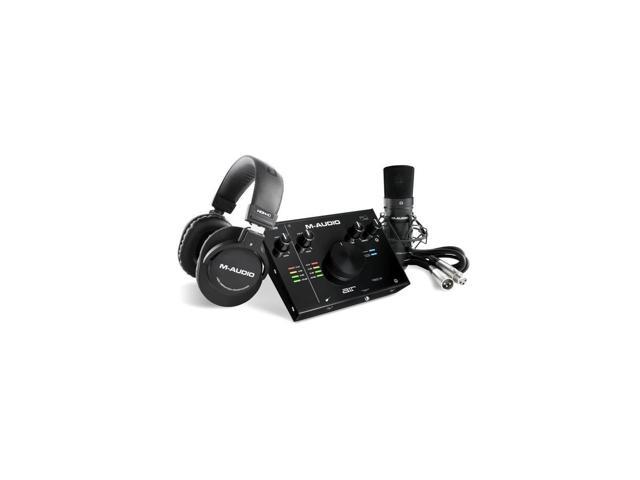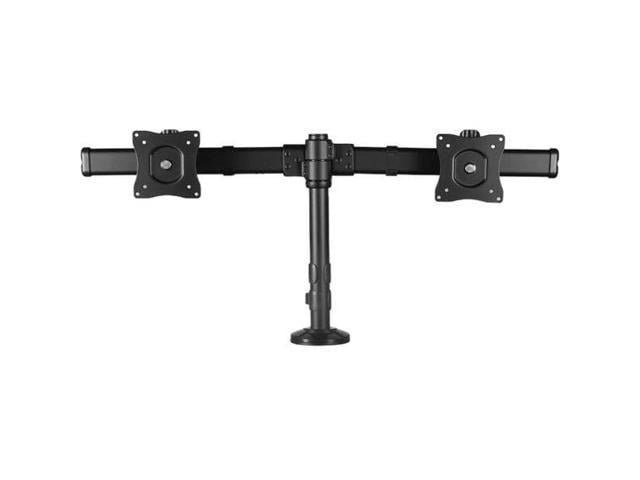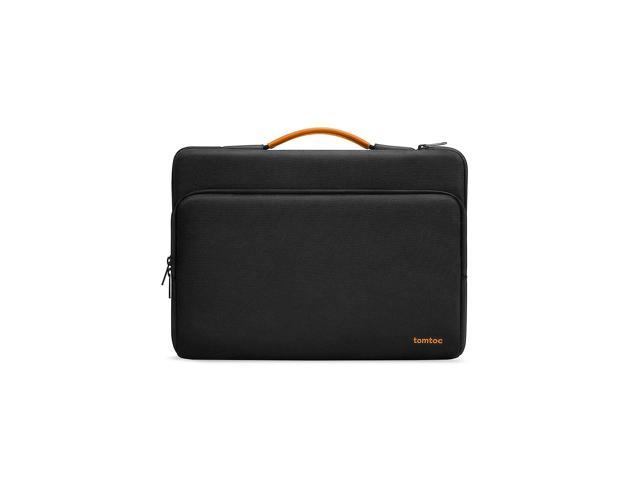This book explains how to monitor, test, and diagnose IPTV systems and services. Covered are the quantitative (packet loss, error rate) and qualitative (perceptual) quality measurement and control processes. Discover how quality of experience (QoE) can be very different than traditional quality of service (QoS) measurements. IPTV systems are complex multimedia communication systems and communicating through them involves the use of multiple layers, which can make testing and diagnostics more difficult. Discover how different layers in an IPTV system can interact and why multilayer testing may be used to evaluate and diagnose operation and performance issues. Learn about audio, video, and MPEG formats and what parts of them can be measured in IPTV systems. Audio quality characteristics including fidelity, frequency response, and signal to noise ratio are described. Key video quality characteristics such as error blocks, aliasing effects, object retention, and artifacts are explained. Discover the different types of network measurements such as packet loss, gap loss, and jitter and how they influence quality of service (QoS). The types of content measurements such as frame loss rate (FLR), synchronization loss, and audiovisual synchronization offset are explained. Command and control measurements such as channel change time, encoder initialization time, and connect time are described. The fundamentals of full reference, partial reference, and zero reference quality processes such as MDI, MPQM, and V-Factor are explained. Other types of quality measures including video, audio, synchronization, interaction (control), and other measurable values are explained. The different types of testing including laboratory, acceptance, conformance, field, and diagnostic testing are described along with some of the common types of IPTV test equipment that are used. You will learn about the different types of network monitoring devices and probes that are used in IPTV systems,















